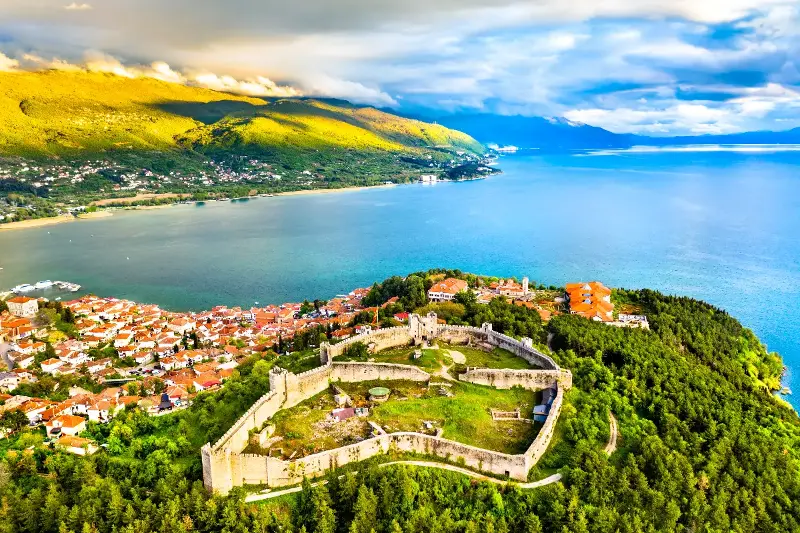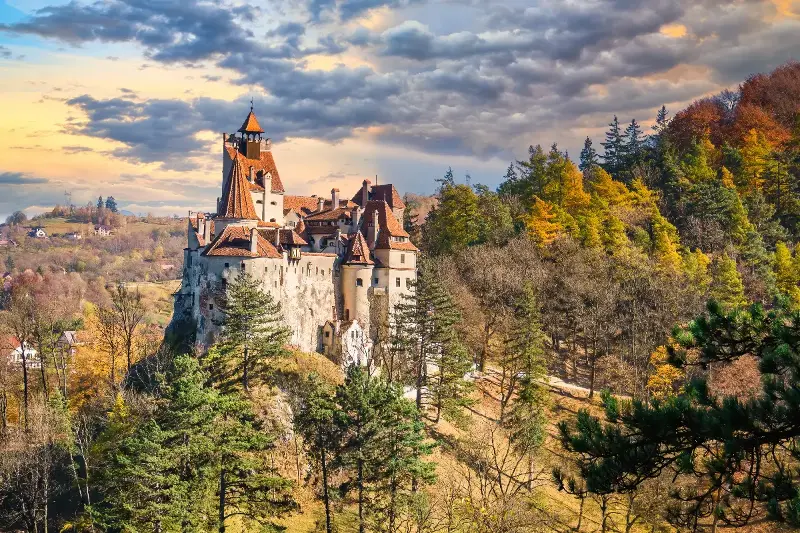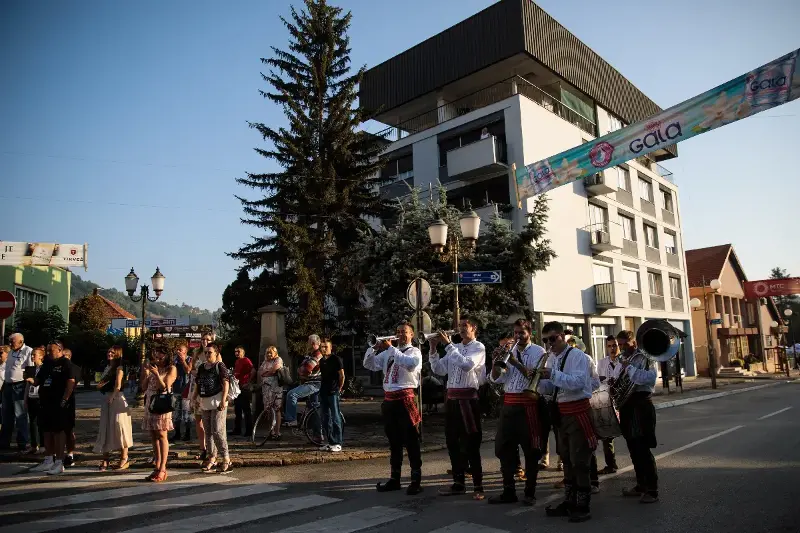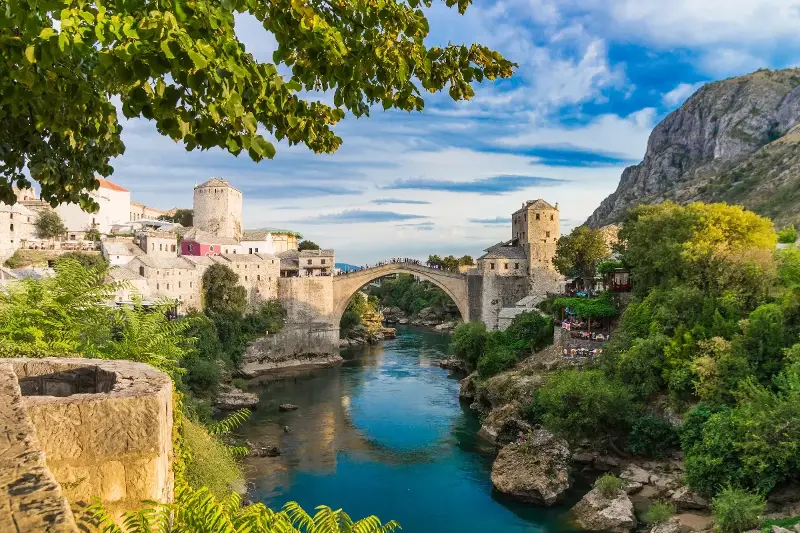Nestled at the very crossroads of Europe and Asia, the Balkan Peninsula is a tapestry of cultures, languages, and histories that have shaped not only the region but the broader course of civilisation. Every craggy peak, sparkling river, and cobblestone lane hides a story—from ancient myths whispered among its forests to the vibrant urban life bursting from its cities. Let’s embark on a journey through the Balkans to uncover surprising facts, ancient legends, and the stories patiently waiting for wanderers and learners alike.
Land of Astonishing Diversity

Stretching from the Adriatic to the Black Sea, the Balkans boast an extraordinary variety of landscapes and cultures. The region encompasses more than ten countries, including Greece, Bulgaria, Serbia, Croatia, Bosnia and Herzegovina, Albania, North Macedonia, Montenegro, Romania, and Slovenia. Throughout history, these lands have seen countless empires rise and fall, from the Greeks and Romans to the Byzantines and Ottomans.
This crossroads of civilisations has resulted in a mosaic of ethnicities, languages, and religions. Over a dozen languages are spoken here, with religious sites ranging from ancient Orthodox monasteries hidden in the Serbian forests, to the grand mosques of Bosnia, to centuries-old Catholic cathedrals overlooking Croatian coastal towns. Travellers are often astonished by how a few hours’ drive can bring them to a completely different world, where menus, music, and even alphabets transform in the blink of an eye.
Myth, Legend, and Ancient Wonders

The Balkans are teeming with legends that have inspired poets, scholars, and dreamers for generations. Take, for instance, the enigmatic story of Vlad the Impaler—commonly known as Dracula—whose real-life castle still stands near the Romanian village of Bran. While Bram Stoker’s famous novel brought Dracula to the world, locals have their own chilling tales, blending history and myth into folklore that is uniquely Balkan.
Then there is the tale of Orpheus, the legendary Thracian poet and musician, said to have been born in what is today Bulgaria. Orpheus’ story of love and loss in the underworld echoes in the country’s hauntingly beautiful Rhodope Mountains, where cave systems and ancient shrines still attract curious visitors and spiritual seekers.
The region is also home to some of the world’s most remarkable archaeological wonders. The Parthenon of Athens, perched atop its acropolis, needs no introduction, but fewer people know of Butrint in Albania—a city inhabited for over 2,500 years and a crossroads for Greeks, Romans, Byzantines, and Venetians. In Bosnia, the mysterious “Bosnian Pyramids” near Visoko have sparked debates and wonder, drawing both scientists and spiritual tourists alike.
Stories Written in Stone and Song

The Balkans are much more than a sum of their legends; they are a living testament to resilience and creativity. Listen closely in a Sarajevo café, and you might hear stories of the city’s legendary resistance, where East and West have coexisted for centuries. Skopje, the capital of North Macedonia, was once levelled by an earthquake, but today, it stands tall—in part thanks to its unique, sometimes surreal architecture.
Music also plays a vital role in storytelling here. Each year, the Guca Trumpet Festival in Serbia transforms a remote village into a whirl of brass bands and dancing. Bulgarian folk singing, known for its haunting harmonies and complex rhythms, has earned global recognition, even captivating the ears of space-faring astronauts when it was included on the Voyager Golden Record in 1977.
Education, Legacy, and Today’s Balkans

The living classroom of the Balkans is not just found in museums or ruined fortresses. Educational initiatives across the region seek to preserve languages, revive endangered crafts, and bridge divides between communities. In Mostar, Bosnia and Herzegovina, the iconic reconstructed bridge is both a UNESCO site and a symbol of reconciliation, connecting divided neighbourhoods and generations.
Modern Balkan cities are hubs of creativity and learning, with universities attracting students from across and beyond the region. Young entrepreneurs are breathing new life into ancient traditions, and artists blend folk motifs with contemporary trends—proving that the Balkans are as much about the future as the past.
If you are seeking a region where history feels alive, where breathtaking landscapes are intertwined with inspiring tales, and where education is both ancient and ever-evolving, the Balkans beckon. Here, every stone has a story, and every journey is an invitation to discover something extraordinary.
